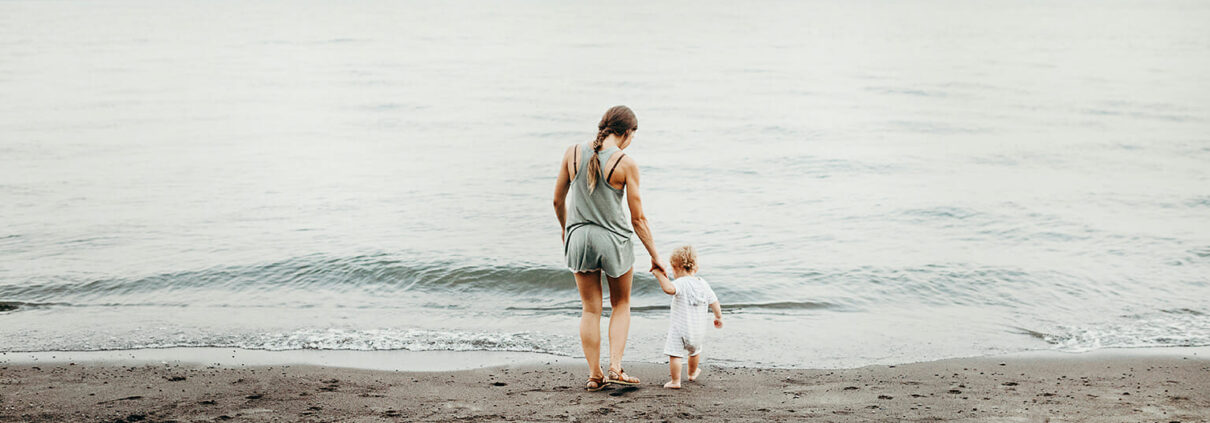I love my job. At OST we get to work on many interesting and different issues, and I generally feel we’re in the business of making the world a better place (or, helping science make the world a better place). But I’m not sure I would recommend working on microplastics while becoming a new mom.
Nearly every week a new study is published about how tiny plastic fragments or fibers are found in human placentas, leaching from baby bottles, in your tea, and in the air you breathe. It isn’t terribly comforting to the new-mom brain that science can’t definitively say what this means for human health (yet!). More than once, after getting off a call with experts on our microplastics project, I ran into the living room to pull plastic toys out of my 9-month-old’s mouth, frantically polled Twitter for unbreakable glass baby bottles, or spastically searched for natural fiber pajamas. The scientist in me celebrates the explosion of research in microplastics. On the other hand, reading that new paper that found plastic in all the human poops doesn’t exactly soothe that jumpy anxiety that comes with trying to keep a tiny human alive.
But it also feels fantastic to be part of the community of people trying to solve this problem. And there are A TON of super smart folks working to understand impacts and find solutions. I’ve been fortunate to work with many of them on a project exploring microplastic risk within California’s ocean environment for the California Ocean Protection Council. Our report, due out this spring, will provide science guidance to the state to help understand risk and a roadmap for future investments in research and source reduction.
Over the last year, I’ve found the plastic issue somewhat unique within environmental pollution problems. There’s generally more public interest to address it. I’m guessing this is because most people intuitively understand that litter is bad. Plastic doesn’t naturally occur in nature or grown on trees, so society considers plastic pollution undesirable. It’s also easier to grasp the most straightforward solution-set (reduce, reuse, recycle!) compared to incrementally reducing invisible pollution, like carbon emissions.
Fortunately, I live in a state that is taking a proactive stance to address plastic pollution through policy. The California Ocean Protection Council, for example, is working on a state-wide strategy to address microplastics (our project fulfills a slice of this mandate) and recently committed to actions to reduce pollution from larger plastics. This session, the California Legislature has introduced a number of bills to improve plastic recycling and a proposed 2022 ballot initiative would put regulations to reduce single-use plastic and improve producer responsibility before California voters.
It is a start! Microplastics science overtook my life this year, but I take comfort knowing California is doing it’s part, for the planet and for my daughter.




